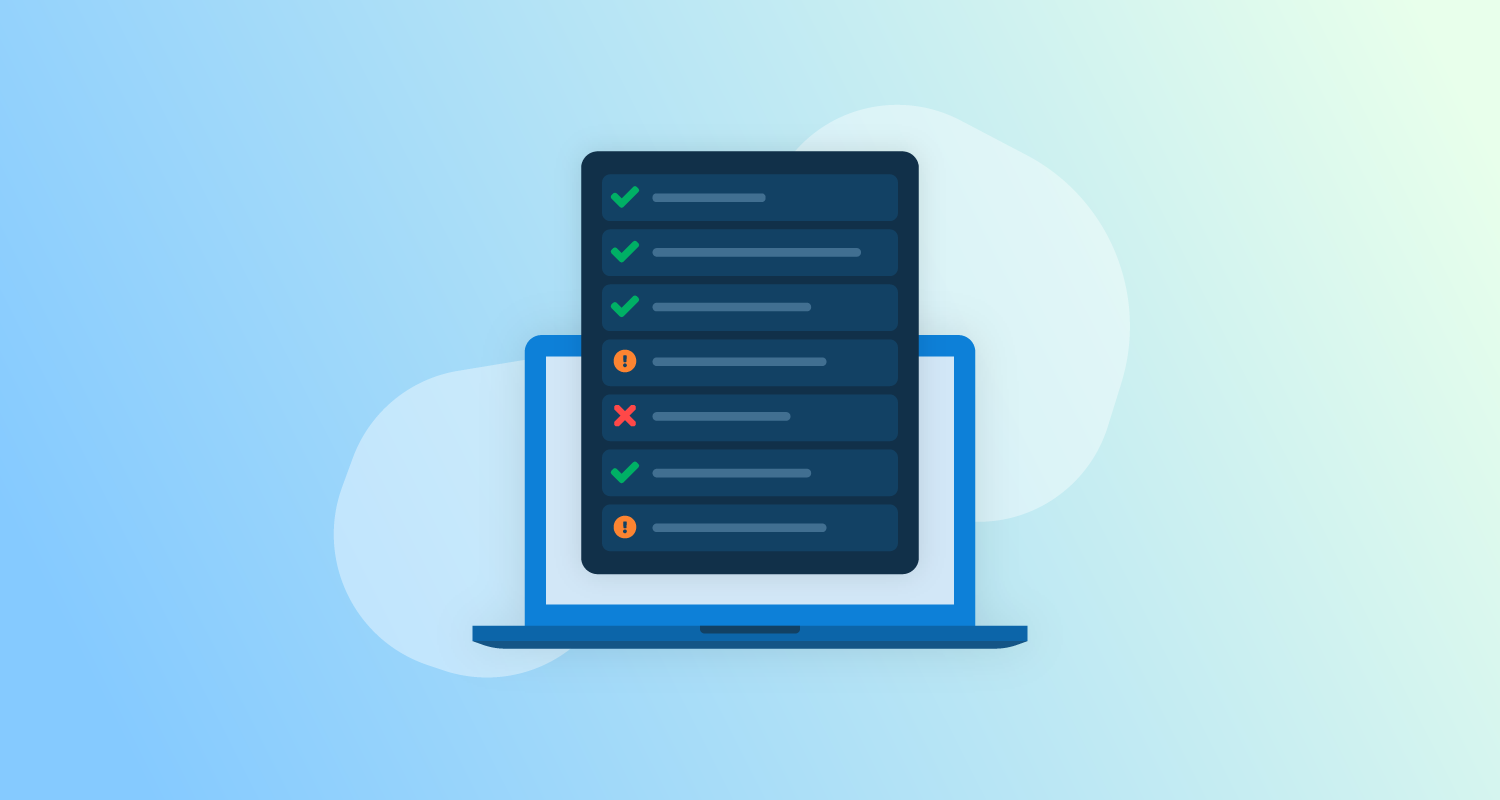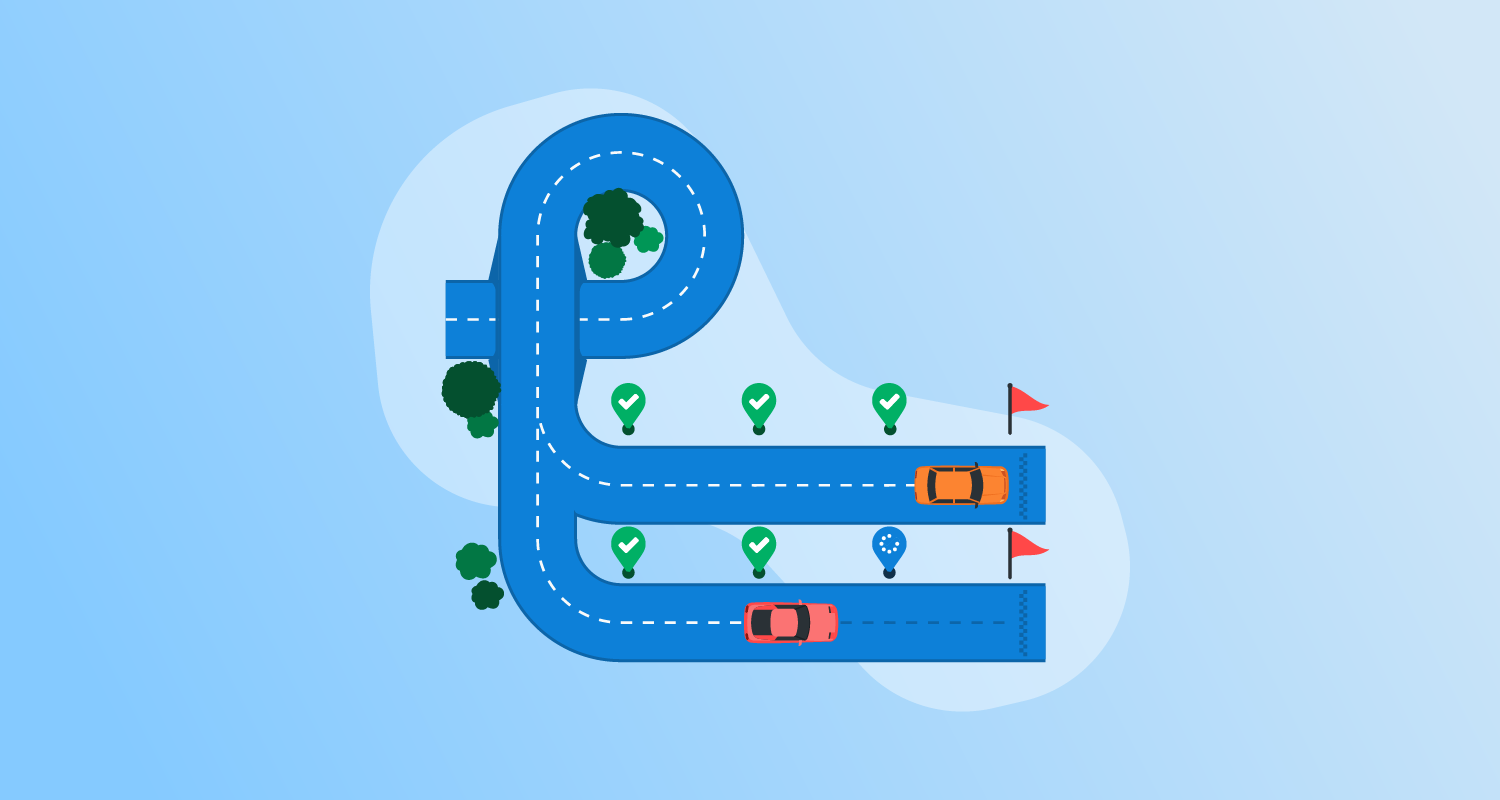What are CI/CD platforms?
Continuous Integration and Continuous Deployment (CI/CD) platforms automate and simplify the deployment pipeline for software development. They enable developers to integrate code into a shared repository with automatic testing to detect issues early.
Once integrated, Continuous Deployment ensures that validated code changes are released to production seamlessly. These processes significantly reduce manual tasks, improve code quality, and enable faster delivery to customers, making them indispensable in agile and DevOps practices.
CI/CD platforms assist in modern software development by mitigating the risks associated with manual deployments. They ensure code consistency across environments, automate error-prone processes, and enable collaboration among distributed teams. By incorporating a CI/CD platform, companies can maintain a high level of code quality, increase their release velocity, and improve the productivity of their development teams.
Key features of CI/CD platforms for enterprise
Enterprise CI/CD platforms are designed to handle the scale, complexity, and security requirements of large organizations. They offer advanced features that go beyond basic automation to support governance, faster delivery cycles, and integration across teams and tools:
- Automated build and test pipelines: CI/CD platforms automatically trigger builds and run test suites on each code commit. This ensures early detection of integration issues and helps maintain code stability.
- Scalable infrastructure integration: They integrate with scalable cloud or on-premises infrastructure to run pipelines in parallel, reducing execution time and supporting large development teams.
- Support for multiple environments: Platforms manage deployments across different environments (development, staging, production) while maintaining consistency and traceability.
- Role-based access control (RBAC): Enterprises can define permissions and access levels for users and teams, ensuring secure and compliant CI/CD workflows.
- Audit logs and compliance tracking: Comprehensive logging capabilities help track changes, monitor deployment history, and meet compliance requirements.
- Plugin and integration support: Most platforms offer integrations with version control systems, artifact repositories, security scanners, and notification tools.
- Rollback and recovery options: Built-in mechanisms allow teams to quickly revert to previous stable versions in case of deployment failures.
- Container and microservices support: CI/CD tools provide native support for containerization tools like Docker and orchestration platforms like Kubernetes, essential for microservices architectures.
Notable CI/CD tools for DevOps
10 Notable CI/CD solutions
1. Octopus
Octopus Deploy is a sophisticated, best-in-class Continuous Delivery (CD) platform for modern software teams. It offers powerful release orchestration, deployment automation, and runbook automation while handling the scale, complexity, and governance expectations of even the largest organizations with the most complex deployment challenges. General features:
- Reliable risk-free deployments: Octopus lets you use the same deployment process across all environments. This means you can deploy to production with the same confidence you deploy to everywhere else. Built-in rollback support also makes it easy to revert to previous versions.
- Deployments at scale: Octopus is the only CD tool with built-in multi-tenancy support. Deploy to two, ten, or thousands of customers without duplicating the deployment process.
- One platform for DevOps automation: Runbooks automate routine and emergency operations tasks to free teams for more crucial work. They can also be used to provide safe self-service operations to other teams.
Enterprise features:
- Streamlined compliance: Full auditing, role-based access control, and single-sign-on (SSO) as standard to make audits a breeze and to provide accountability, peace of mind, and trust.
- ITSM integrations: Integrate with ServiceNow or Jira Service Management to streamline change approvals.
- Extensive audit trail: Detailed audit logs for all significant system events with powerful filtering to make it easy to find what you need.
Deployment insights: Captures the 4 key DORA; deployment frequency, change lead time, change failure rate, and recovery time with visualizations, with the ability to compare statistics by project, environment, and more.
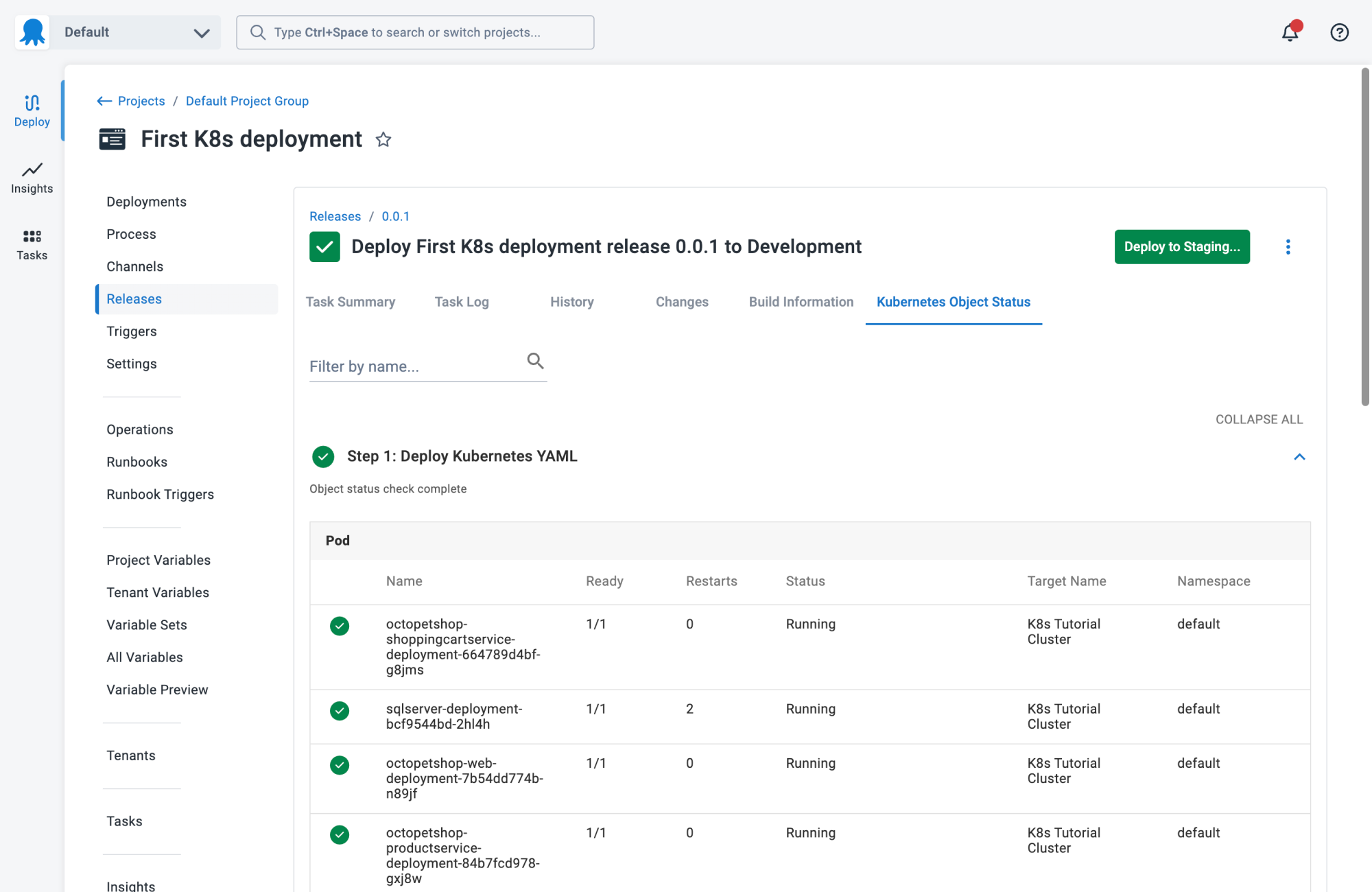
2. Codefresh
Codefresh is a modern CI/CD platform built specifically for cloud-native applications and Kubernetes environments. It combines Continuous Integration, Continuous Delivery, and GitOps workflows in a single unified system. The platform uses Argo to enable advanced deployment strategies and provides complete visibility from code commit to production.
General features
- Fast build performance: Optimized with parallelization and build caching for quicker pipeline execution.
- Progressive delivery support: Enables canary, blue/green, and GitOps deployments for reduced deployment risk.
- Developer-centric UX: Interface with instant feedback, environment state visibility, and real-time logs.
- Reusable pipelines: Support for DRY (Don’t Repeat Yourself) principles through pipeline templates and inheritance.
- Deep integrations: Includes hundreds of ready-to-use steps and strong compatibility with popular DevOps tools.
Enterprise features:
- Unified CI/CD visibility: Insights from build to deployment simplifies debugging and production monitoring.
- Automated rollbacks: Instantly reverts to previous versions in case of failure.
- DORA metrics integration: Automatically collects and reports on deployment frequency, lead time, failure rate, and recovery time.
- Scalable GitOps workflows: Powered by Argo for managing complex, multi-cluster GitOps deployments.
- Extensible pipeline architecture: Shared triggers and templates promote consistency and reduce engineering overhead.
![]()
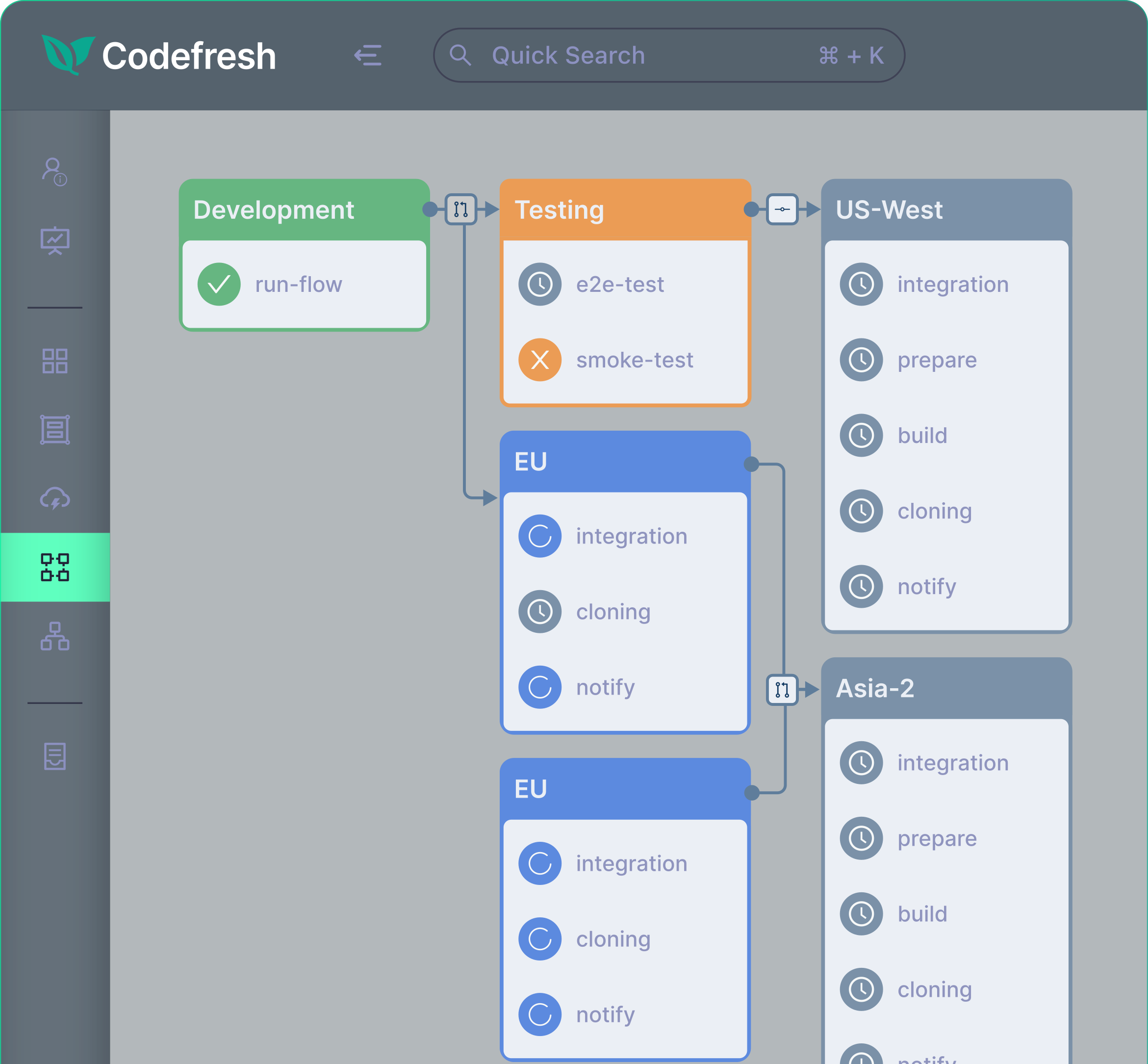
3. GitLab CI/CD
GitLab CI/CD is a fully integrated Continuous Integration and Continuous Delivery solution built into the GitLab DevSecOps platform. It automates the software delivery lifecycle—from code commit to production—enabling teams to build, test, and deploy code faster and more securely. With native support for DevOps workflows, built-in security scanning, and flexible deployment options, GitLab CI/CD is designed to scale with organizations while maintaining transparency and governance across teams.
General features
- Automated build and deployment: Automatically triggers pipelines for building, testing, packaging, and deploying code.
- Pipeline templates: Use prebuilt or custom templates to quickly create pipelines tailored to specialized needs
- CI/CD catalog: Can reuse standardized pipeline components across projects or share them within the organization.
- Merge trains and parent-child pipelines: Helps improve performance and reduce pipeline complexity while ensuring clean main branches.
- Hosted and custom runners: Offers a choice between GitLab-hosted runners or bring your own infrastructure for executing jobs.
Enterprise features:
- Progressive delivery strategies: Supports canary releases and deployment to a subset of users before full rollout.
- Deployment flexibility: Deploys to multiple environments including VMs, Kubernetes, or serverless platforms across various cloud providers.
- Compliance pipelines: Enforces organizational or regulatory controls within the CI/CD workflows.
- AI-powered insights: Uses GitLab Duo for root cause analysis, security vulnerability explanations, and value stream forecasting.
- Scalable architecture: Designed for high availability and scaling to over 50,000 users with horizontal scaling and Kubernetes support.
![]()

Source: GitLab
4. GitHub Actions
GitHub Actions is a CI/CD platform built into GitHub that automates software workflows across the development lifecycle. It enables developers to build, test, and deploy code directly from their repositories, triggered by events such as commits, pull requests, or manual inputs.
General features:
- Workflow automation: Automates builds, tests, and deployments using YAML-defined workflows triggered by repository events.
- Event-driven execution: Triggers jobs on pull requests, issues, commits, schedules, API calls, or manually.
- Parallel and sequential jobs: Runs jobs in sequence or parallel with dependencies managed per workflow.
- Reusable actions and workflows: Lets developers use marketplace actions or create their own to simplify repetitive tasks.
- Cross-platform runners: Supports Linux, Windows, and macOS environments; use GitHub-hosted or self-hosted runners.
Enterprise features:
- Governance and policy controls: Helps restrict third-party actions, enforce workflow standards, and apply organization-wide settings for consistency.
- Security hardening: Limit secrets access by environment, enforce manual approvals, and pin third-party actions for safety.
- OIDC and trusted deployments: Supports OpenID Connect with reusable workflows to enforce secure deployment policies across environments.
- Audit logging and traceability: Captures workflow-related activity for auditing and long-term storage outside GitHub
- Runner management: Supports private networking, autoscaling, and group-based access control for GitHub-hosted and self-hosted runners.
![]()
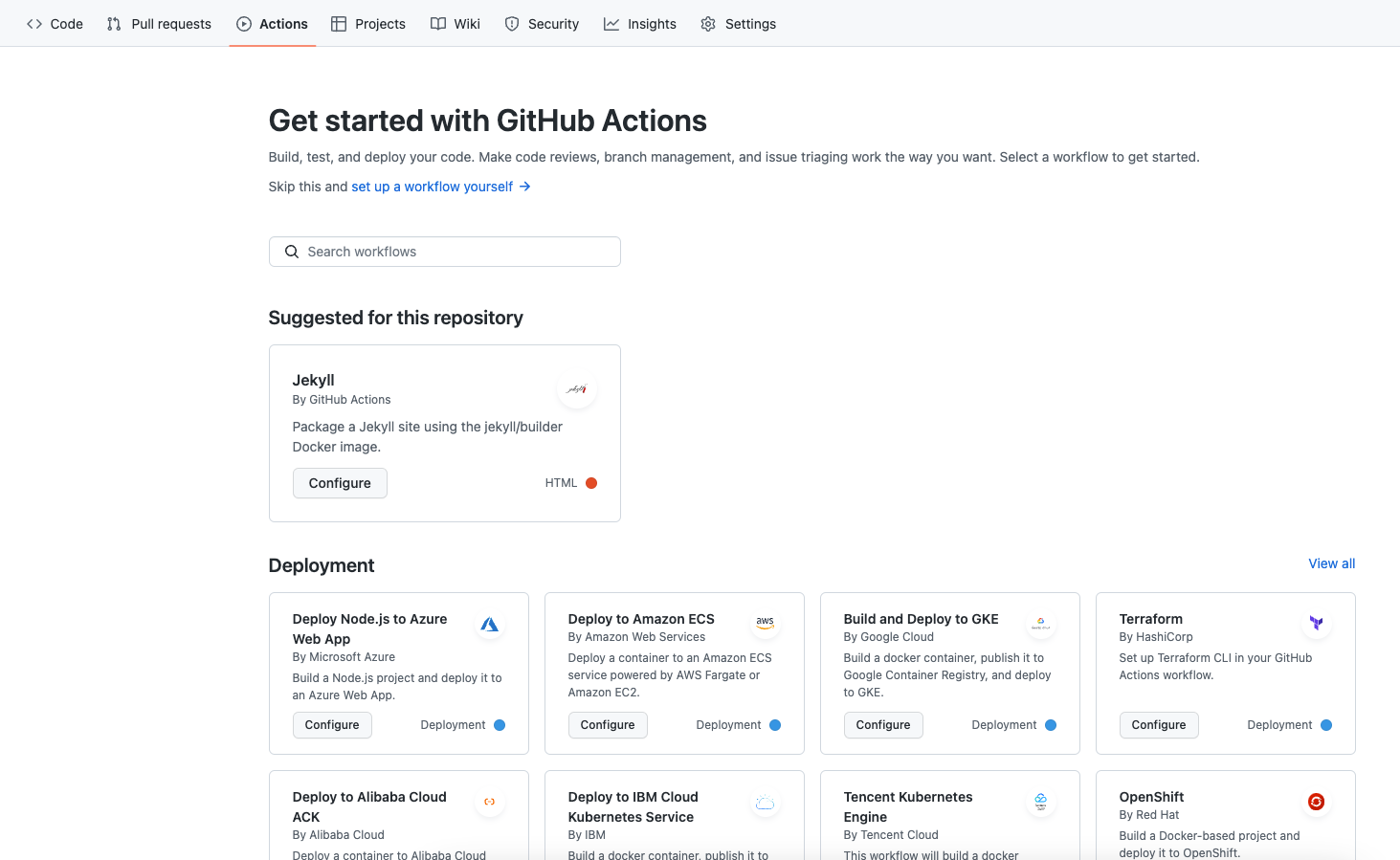
Source: GitHub Actions
5. CloudBees
CloudBees is an enterprise-grade DevSecOps platform to accelerate software delivery. Built for cloud-native and hybrid environments, CloudBees integrates Continuous Integration, Continuous Delivery, feature flag management, and real-time analytics in a unified system. Its open architecture supports toolchains like Jenkins, Kubernetes, and Tekton.
General features:
- Visual workflow orchestration: Can be used to design complex CI/CD pipelines with a YAML-based editor with reusable steps and components.
- Integrated CI/CD capabilities: Automates build, test, and deployment workflows across diverse infrastructure.
- Reusable workflow templates: Standardized, shareable pipeline components reduce redundancy and accelerate development.
- Built-in security checks: Security and compliance validations are integrated directly into the software delivery process.
- Feature flag management: Helps manage feature rollouts with the ability to switch features on or off instantly during or after deployment.
Enterprise features:
- Hybrid and multi-environment support: Supports orchestration across containerized apps, hybrid clouds, and multi-repo configurations.
- Governance and policy management: Enforces workflow consistency and compliance through centralized policy controls and audit tracking.
- Jenkins enterprise integration: Can scale and manage Jenkins at the enterprise level with native support for CloudBees CI.
- Security and vulnerability insights: Offers visibility into risks across the software portfolio to prevent insecure releases.
- Developer self-service: Enables platform teams to offer automated, secure environments and workflows.
![]()
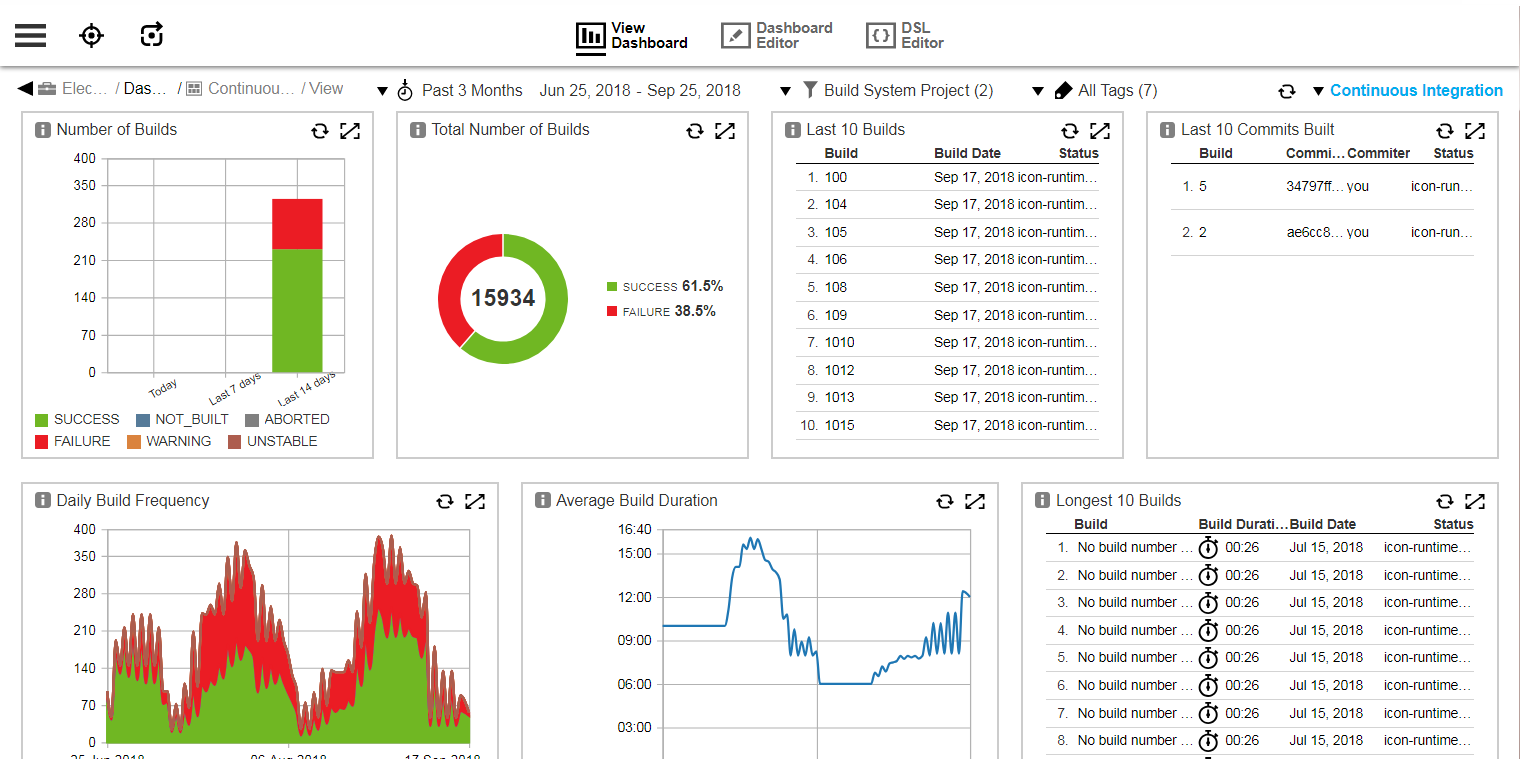
Source: CloudBees
6. CircleCI
CircleCI is a CI/CD platform to help development teams build, test, and release software quickly and reliably. It enables teams to stay focused on delivering value without getting slowed down by infrastructure or tooling overhead.
General features:
- Fast pipeline execution: Optimized performance with fast builds, reducing developer wait time.
- Compute options: Supports a range of pre-provisioned machine types with no setup delays.
- Actionable test insights: Helps identify flaky tests and failed builds with diagnostics.
- Incremental release management: Monitors and rolls back releases automatically, reducing the risk of production issues.
- Developer-friendly UX: Designed for engineers of all backgrounds—no CI/CD expertise required to get started.
Enterprise features:
- Scalability without replatforming: Supports growth with a stable platform that scales as engineering needs expand.
- Compliance automation: Enforces development standards and policies without slowing delivery.
- Self-hosted runners: Can be used in private infrastructure for control over environment and data security.
- Visibility and analytics: Centralized insights help engineering leaders identify bottlenecks and improve pipeline efficiency.
- Shared DevOps ownership: Enables all team members—not just specialists—to participate in building and maintaining pipelines.
![]()
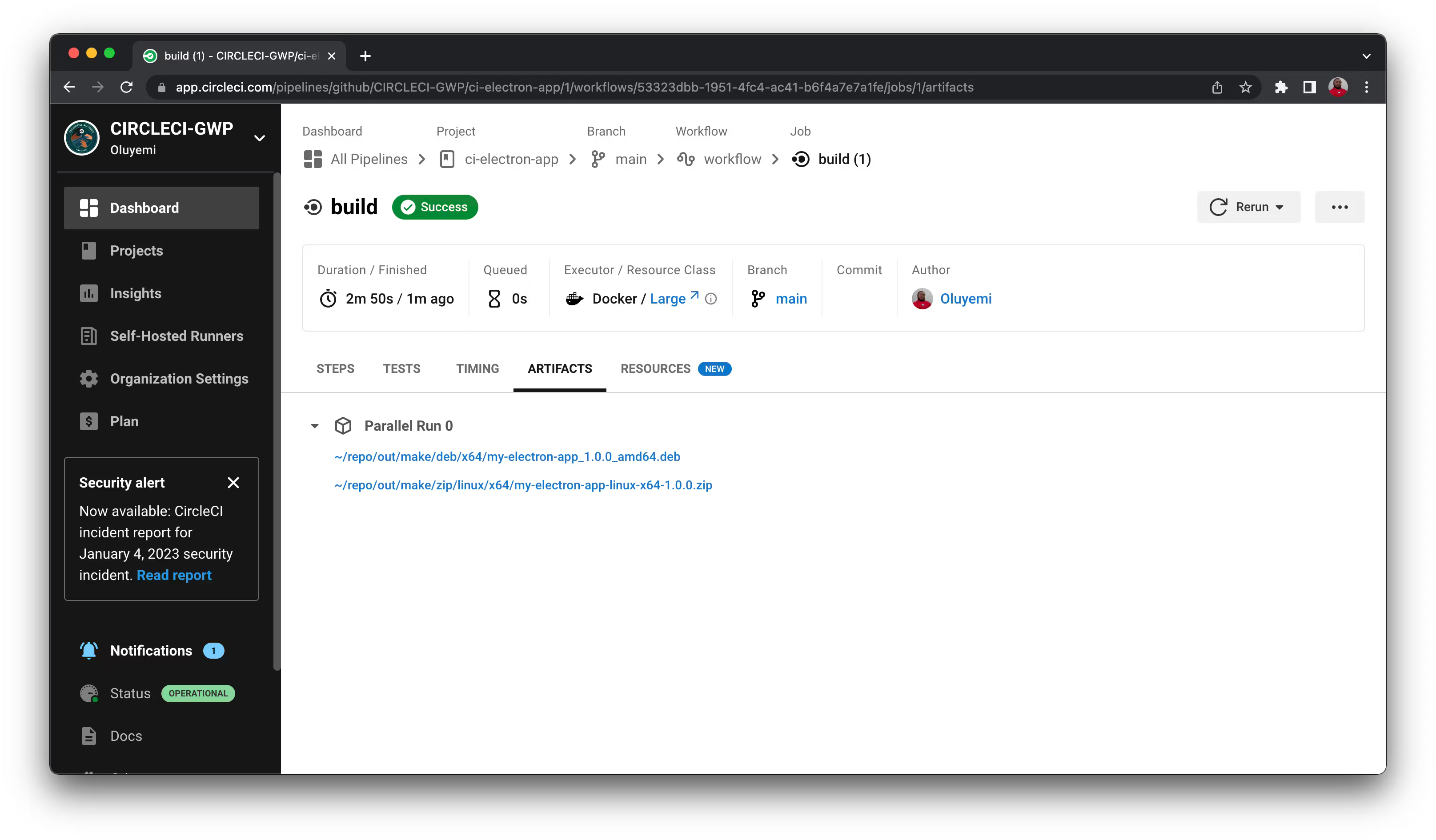
Source: CircleCI
7. Azure DevOps
Azure DevOps is an integrated development platform from Microsoft that supports the software development lifecycle from planning and coding to testing and deployment. It combines a suite of tools into a unified solution, including version control, CI/CD pipelines, agile planning boards, artifact management, and testing frameworks.
General features:
- Lifecycle support: Manages planning, development, testing, and deployment with one platform.
- Azure Pipelines: Automates build, test, and release processes across any platform using CI/CD pipelines with support for approvals, environments, and deployment strategies.
- Azure Repos: Offers a choice between Git or Team Foundation Version Control (TFVC) for managing source code with change history and branching.
- Azure Boards: Tracks and manages work items, backlogs, and sprints with support for Scrum and Kanban teams.
- Azure Test Plans: Helps create, manage, and execute manual, exploratory, or automated tests with traceability and tracking.
Enterprise features:
- Hybrid deployment models: Deployable on-premises or as a cloud-hosted service to meet security and compliance needs.
- Client/server flexibility: Users interact with the platform via web interfaces or client tools.
- Governance and permissions: Granular access controls, customizable policies, and audit logs support strict enterprise compliance requirements.
- Custom dashboards and reporting: Provides widgets, Power BI integration, and analytics to monitor project health and team performance.
- Service hooks and integrations: Automates event-driven workflows and integrates with external services like Slack, Jenkins, or custom applications.
![]()

Source: Azure DevOps
8. Harness
Harness is an AI-native software delivery platform to modernize the software development lifecycle. Built for enterprise teams, it unifies Continuous Integration, Continuous Delivery, feature flag management, chaos engineering, infrastructure automation, and cost optimization into a cohesive solution.
General features:
- Continuous delivery & GitOps: Automates multi-cloud, multi-service deployments with repeatable pipelines.
- Continuous integration: Builds faster across various languages and operating systems with test and caching strategies.
- Feature flag management: Helps control releases and run experiments with impact data and safe rollback options.
- Infrastructure as code management: Automates and secures IaC workflows with built-in cost controls and error prevention.
- Chaos engineering: Tests system resilience with prebuilt failure scenarios integrated into pipelines.
Enterprise features:
- Service reliability management: Uses AI to track SLOs and analyze the impact of changes.
- Security testing orchestration: Integrates scanners into CI/CD pipelines, enforces OPA policies, and automates vulnerability remediation.
- Supply chain security: Manages SBOMs, open-source risk, and artifact promotion with support for SLSA attestations.
- Internal developer portal: Accelerates onboarding with a Backstage-based IDP.
- Engineering insights: Helps identify process and tooling bottlenecks using DORA, SPACE, and performance analytics.
![]()

Source: Harness
Conclusion
Enterprise CI/CD platforms are critical enablers for modern software delivery. They bring structure, speed, and reliability to complex deployment workflows, helping organizations move faster while reducing risk. By standardizing processes, improving traceability, and promoting automation, these platforms support scalable engineering practices and allow teams to focus on delivering value to users instead of managing infrastructure or firefighting deployment issues.
Help us continuously improve
Please let us know if you have any feedback about this page.

